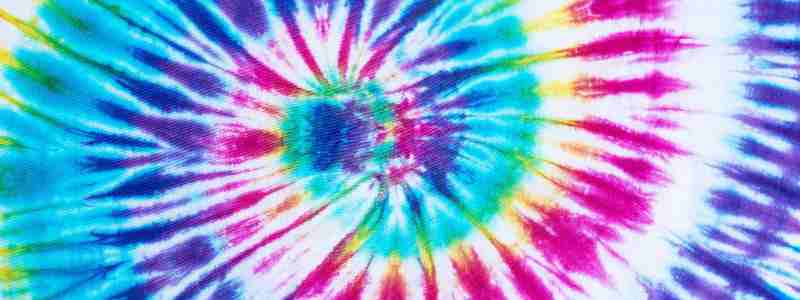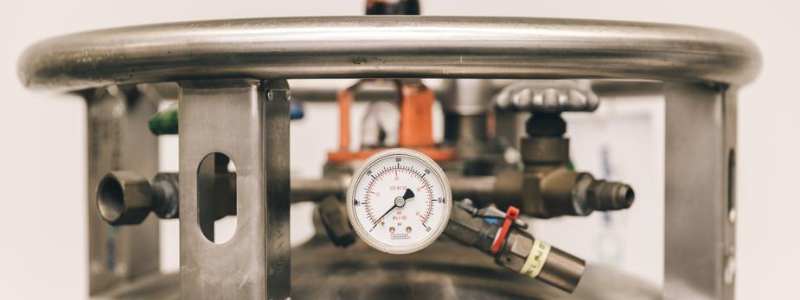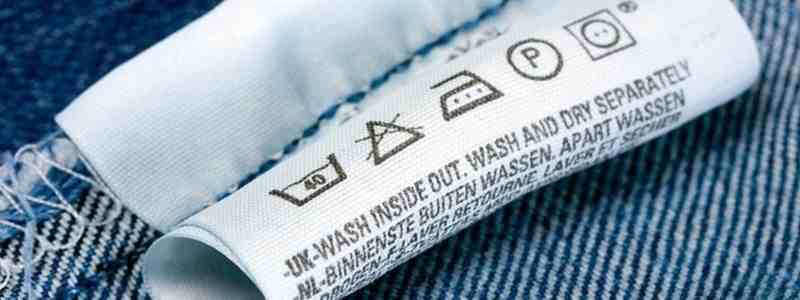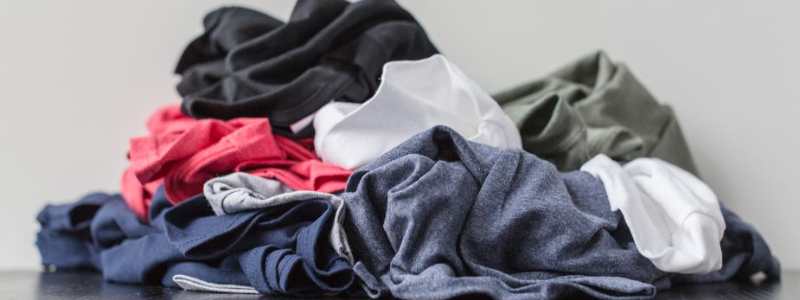Why You MUST Wash Your Company Uniform Before You Wear It
So you received your new company uniform. Looks good right? All bright and new and clean... but is it?
No, not really. There are a lot of industrial processes that go into getting your uniform onto your back, and the very last one, washing it, is your responsibility.
Here's why you should NEVER wear uniform, or indeed ANY clothing without washing it first.
- Page Contents
- Before We Start
- Dyes in Fabrics
- Chemical Treatments
- Garment Construction
- Decoration Impressions
- How to Wash Your Workwear
Before We Start
Before you read further, you need to be aware that the following information is not just about your company's uniform bought from XAMAX® - This is all clothing industry standard stuff.
Any clothing you buy new will have gone through the same or very similar manufacturing processes and the consequences would be the same or very similar.
This is advice you should take for all new clothing: Wash it before you wear it!
Loose & Excessive Dyes

In the clothing industry, many manufacturers "over dye" their fabrics so it stands out and looks vibrant when it is sold. Give your new garment a wash and all this extra dye washes out. You might not notice any change in the garment colour, but if you put (say) a brand new red t-shirt in with your whites, you will definitely notice.
And the newly pink shirt will stay pink.
Uniform is just standardised clothing and there is no reason not to assume fabrics are manufactured in much the same way.
That extra dye can be transferred onto your skin or other garments, and synthetic fibres such as polyester & acrylic are coloured with azo-aniline dyes.
This form of dye can cause severe skin reactions for people with allergies. Even mild reactions can cause dry, itchy inflamed patches of skin.
So washing is not just to get rid of excess dye so it does not transfer onto other garments, furniture, or upholstery it is actually a Health & Safety concern.
Always wash your work uniform before you wear it to remove excess dyes.
Chemical Treatments

Other than the dyes used for colouring, fabric manufacturers add chemical finishes to enhance the textures and to improve longevity in transit.
For instance, Urea-formaldehyde is one such finishing chemical, used in the clothing industry to prevent mildew and moulding during transportation and pre-sale storage. Urea-formaldehyde is a polymer produced from urea and formaldehyde.
Let's break that down shall we?
- Formaldehyde is a naturally occurring compound that is known to be a human carcinogen
- Urea is the main nitrogen-containing substance in the urine of mammals.
So basically, it's Poison & Pee.
These finishing chemicals won't affect everyone, but if you have sensitive skin, you could develop a rash in areas like armpits, collars, cuffs, and trouser waists and thighs - basically anywhere there is constant contact between your skin and the pee-poison.
Always wash your company uniform before you wear it to remove chemicals used in production or transportation.
Garment Construction

Now we move from the fabric to the actual manufacturing of your garments. Consider some of the typical processes involved:
- Rolls of fabric are stored in a warehouse
- Rolls are moved by forklift and mounted onto machines
- Fabric is cut to shape
- Fabric shapes are transported to the sewing stations
- Shapes are sewn together by humans to make garments
- Garments are piled up, checked by hand and graded
- Garments are stored in warehouses
Now consider all the oils on the machines and all the dust in that warehouse, all the unknown fingers that have touched your new company uniform.
Always wash your work clothes before you wear them to remove dusts, oils and finger marks from the manufacturing processes.
Decoration Impressions

With company uniforms, it is not just the fabric or the garment construction that could add the above irritants and marks.
We can only speak about the XAMAX® processes of decoration here, but it is quite safe to assume all embroidery and workwear printing companies have similar processes.
Printing adds all sorts of chemicals to your garments. Inks and transfers are made from polymers you would not want to eat, plus screen printed garments are literally glued to the beds so they stay in place in between colour applications. There would also be an impression left by the pressure of either the screen or the transfer press on the garment.
Embroidery machines move a lot and need to be well lubricated, this inevitably means oil droplets or vapour could end up on the garments. We use a water-soluble oil to ensure it washes out easily. It would also add what we call a "ring mark" - an impression left by the embroidery ring used to keep the fabric of the garment taught whilst the embroidery needle does its magic.
These impressions are simply the fibres of the fabric being laid down and washing fluffs them right back up. You would never know they were there after the first wash.
Always wash your new uniform before you wear it to remove ring marks, screen marks, lubricants, chemicals caused by the decoration processes.
How to Wash New Clothing

All clothing comes with a wash care label. You will usually find this in the waist of Trousers, in the bottom left seam or in the collar of tops.
This guidance is usually created based on the type of fabric and/or dyes used, so it's not enough to just sling everything in together without thinking. Your trousers are probably a completely different material to your polo, and the Hi Vis vest is different again (but that's another article altogether).
Your washing machine could damage the clothing or shorten it's useful life, so it pays in actual cash to check the labels.
Of course you should wash at the lowest possible temperature to conserve energy, and new company uniform should be washed separately from used clothing in case of all the nasties mentioned above.

Even after the first wash, you should wash your uniform separately from your every day clothes - you never know what workplace chemicals and dusts you are carrying on your workwear.
- Why Embroidery Looks Better on Polos Than T-Shirts – And What That Means for Your Brand - 29th December 2025
- 6 Visual Cues That Shape Workplace Culture - 23rd September 2025
- How to Roll Out a Workplace Uniform Policy - 23rd September 2025
